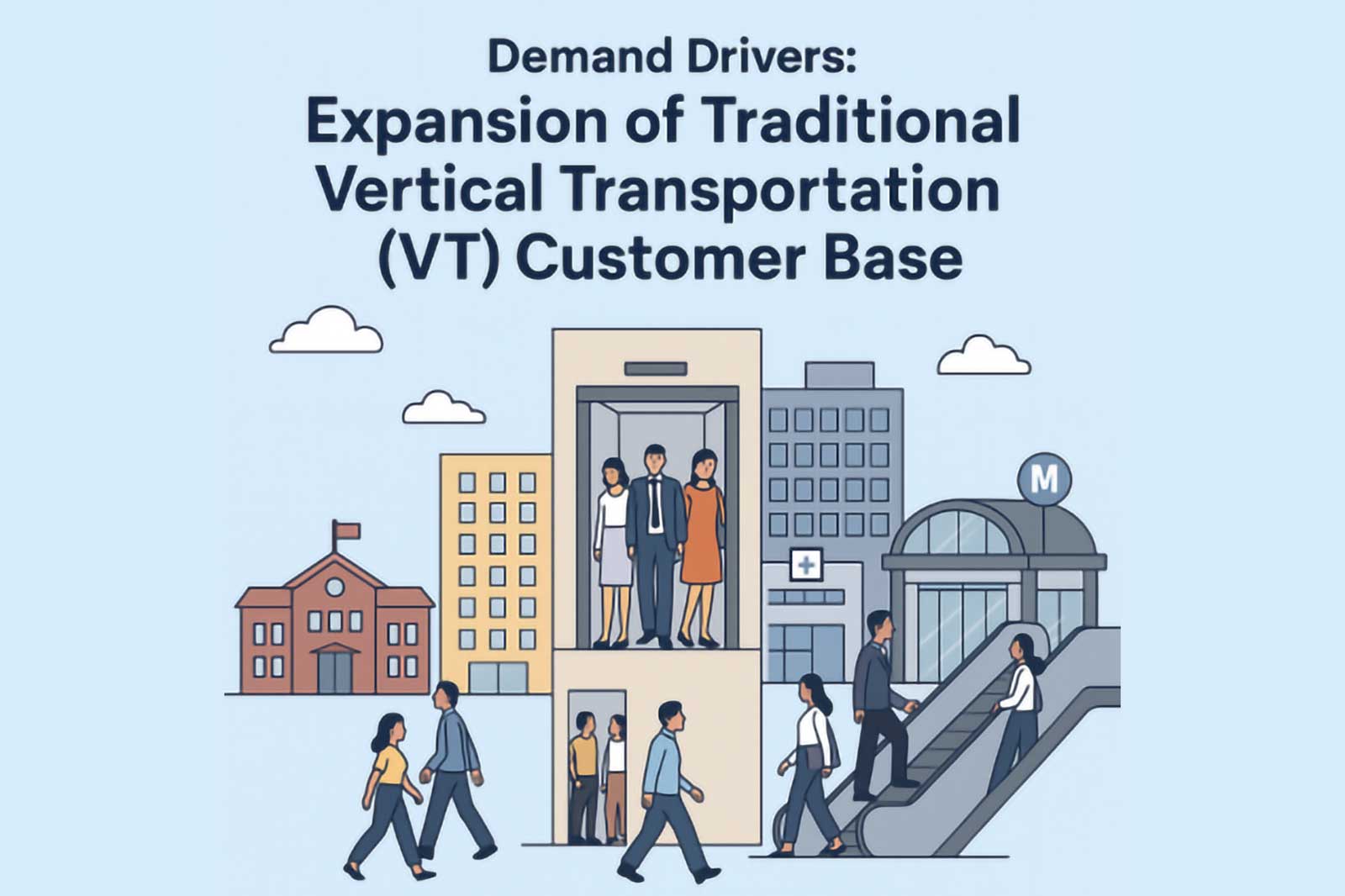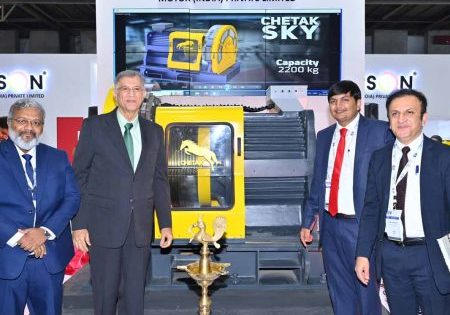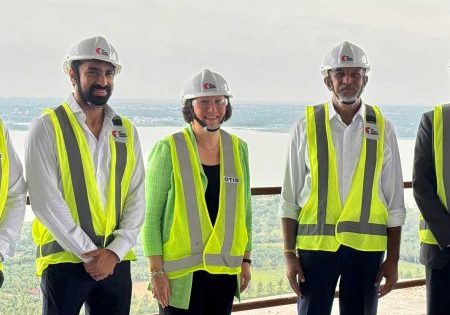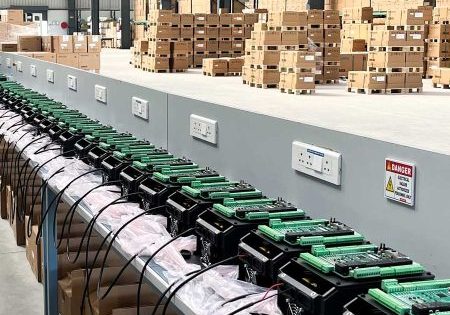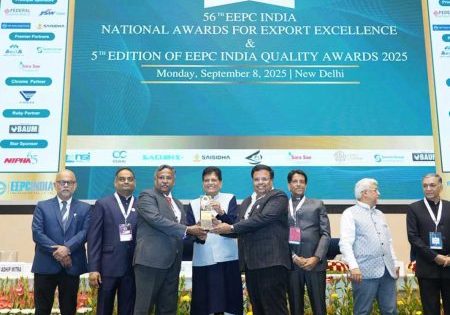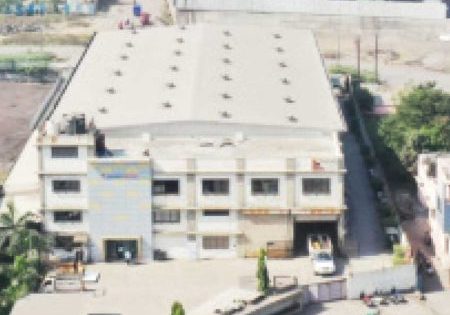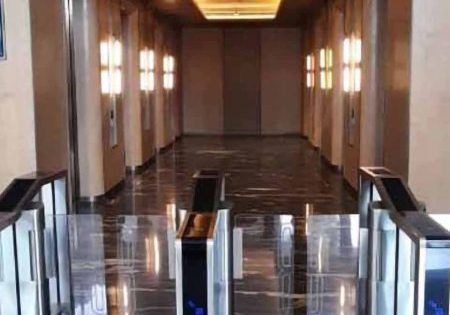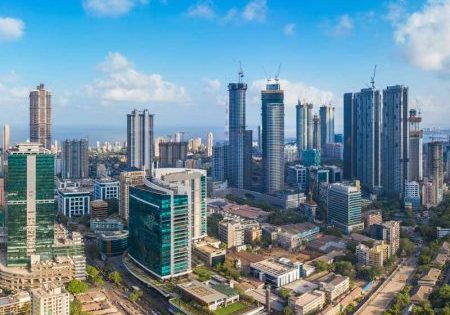A changing VT landscape
Introduction
The elevator and escalator industry, long tethered to commercial real estate, high rises and infrastructure projects, is experiencing a strategic shift. As demand in traditional segments stabilizes or matures in urban centers, new customer bases are emerging, prompted by urbanization in Tier-2 and Tier-3 cities, aging infrastructure, rising expectations in healthcare, hospitality, smart housing, retail/entertainment and a need for environmental, social and governance (ESG) compliance.
What’s Driving This
Several powerful factors are converging to drive this. These factors include:
- The rise of non-traditional verticals like hospitals, warehouses, logistics hubs and senior living facilities
- An explosion of urban middle-class aspirations in India’s hinterland. An increase in disposable income among Indian consumers is leading to investments in upmarket residential and commercial real estate, prompting developers to incorporate advanced vertical-transportation (VT) systems.
- Policy and regulatory push: Government initiatives like Smart Cities Mission, Housing for All and urban renewal projects are boosting demand.
- A greater need for modernization and digital retrofits
- An increasing demand for accessibility and compliance
- Growth of Tier-2 and Tier-3 cities. Cities like Surat, Indore, Nagpur and Kochi are experiencing real estate booms fueled by infrastructure projects and technology hubs. Developers are embedding VT solutions into mid-rise buildings, shopping complexes and even residential townships as lifestyle expectations evolve.
- Institutional Campuses: Educational, research and government institutions are upgrading old buildings, generating consistent retrofit demand.
- Industrial, logistics and smart warehousing: The rise of third-party and e-commerce logistics hubs has created a need for freight elevators, dumbwaiters and automated VT systems to improve efficiency and speed.
- Customization demand: Building owners and developers are increasingly seeking customized elevators that align with specific design and functional requirements, reflecting a trend toward personalized VT solutions.
- Expansion of rail, metro and highway infrastructure in non-metros
- A demographic shift to serve niche populations: The aging population is spurring demand for home lifts and stair lifts. Products are now being tailored for people with disabilities, complying with universal design norms.
- Innovation and customization: Compact elevator models, solar-powered lifts and pre-fabricated shafts are enabling installations in older or constrained spaces. Modular escalators for temporary events, exhibitions and rural fairs are gaining ground.
- Post-pandemic design: Re-thinking emphasizes safety, hygiene and touchless operation, generating interest even in smaller establishments.
New Customer Personas, New Expectations
Traditional commercial builders were focused on speed, durability and aesthetics aligned with luxury. New customer groups, however, demand ease of maintenance and cost efficiency. Hospitals and schools require elevators that minimize downtime with low maintenance overhead. Compact solutions are also in demand. Smaller hotels and co-living spaces, for instance, look for elevators that don’t compromise usable floor area. Further, both public and private sector stakeholders are increasingly becoming aware of sustainability standards and ESG requirements. In addition, digital monitoring is gaining traction, with Internet of Things-based predictive maintenance becoming a key buying criterion in smart cities.
Strategic Implications for the VT Industry
For OEMs and manufacturers, product diversification is essential. They seek to offer low-cost models for public buildings, durable freight lifts for warehouses and compact lifts for homes. Localization of design and service for regional markets will enhance competitiveness.
For VT consultants and planners, there’s a need to rethink standard VT planning for new sectors and geographies. This could include educating new customer segments (like rural contractors or public sector engineers) on life cycle and annual maintenance costs, as well as safety.
For policymakers, incentivizing VT adoption in public infrastructure — such as health centers and schools — will improve accessibility and generate scale for local manufacturers.
For installers and maintenance providers, a distributed service model with strong after-sales support in non-metros is key to reputation and repeat business. Training local technicians and using predictive-maintenance technology will help manage a growing base cost effectively.
India’s VT Market Forecast
Here is a summary of relevant secondary research on expansion of the traditional VT customer base in India.
- Elevator professionals should embrace hybrid digital/physical solutions, inclusive design strategies, sustainability and ecosystem partnerships to ensure their relevance and growth as the customer base for VT expands beyond its traditional confines.
- The VT industry’s future growth lies not in building taller buildings, but in thinking wider. Expanding the customer base thoughtfully — backed by data, alignment and localized innovation — is no longer optional; it is a strategic necessity.
- Digital platforms and on-demand mobility will dominate the next decade of VT services. The continued rise of smart cities and the push for digital India will see elevators being linked to broader building and citywide mobility networks, including everything from app-controlled lift calls to predictive maintenance driven by real-time analytics.
- Urban migration to Tier-2 and Tier-3 cities is diversifying VT customer profiles, leading to growth in the mid-market and affordable high-rise segments, while premium and luxury urban projects adopt advanced, connected elevator systems.
- Inclusivity- and accessibility-oriented innovations —including elevators designed for the elderly, differently abled and gig workforce — are becoming standard practice, particularly as building codes and regulations evolve.
- The Indian VT sector will see intensified public/private collaborations, such as those connecting hospital VT systems to on-demand health transport and developer partnerships with ride-hailing and last-mile delivery services.
- Sustainability will be a key differentiator as developers and end users insist on energy-efficient and eco-certified VT solutions. Indian OEMs will prioritize localization — not just to meet “Make in India” norms — but to compete globally with region-optimized products.
To meet the needs of an expanding and diversifying customer base, VT players must:
- Broaden their lens: Move beyond metro real estate to tap into healthcare, education, warehousing and residential clusters in smaller cities.
- Listen closely: Understand the emotional and operational needs of new customers.
- Lead with value, not just steel: Demonstrate energy savings, smart features, accessibility and lifecycle service.
- Align internally: Break silos and reward teams for winning in emerging verticals, not just in large-ticket urban deals.
Conclusion: A Growth Opportunity with Responsibility
The Indian VT industry is broadening its traditional customer base. While elevators and escalators were once primarily installed in high-rise residential and commercial buildings, demand is now growing across a wider range of sectors. This includes infrastructure projects such as metro stations and airports, educational institutions, logistics hubs, healthcare facilities and mid-rise buildings in Tier-2 and Tier-3 cities. Embracing these trends will be crucial for stakeholders that aim to capitalize on the evolving market dynamics.
Get more of Elevator World. Sign up for our free e-newsletter.
